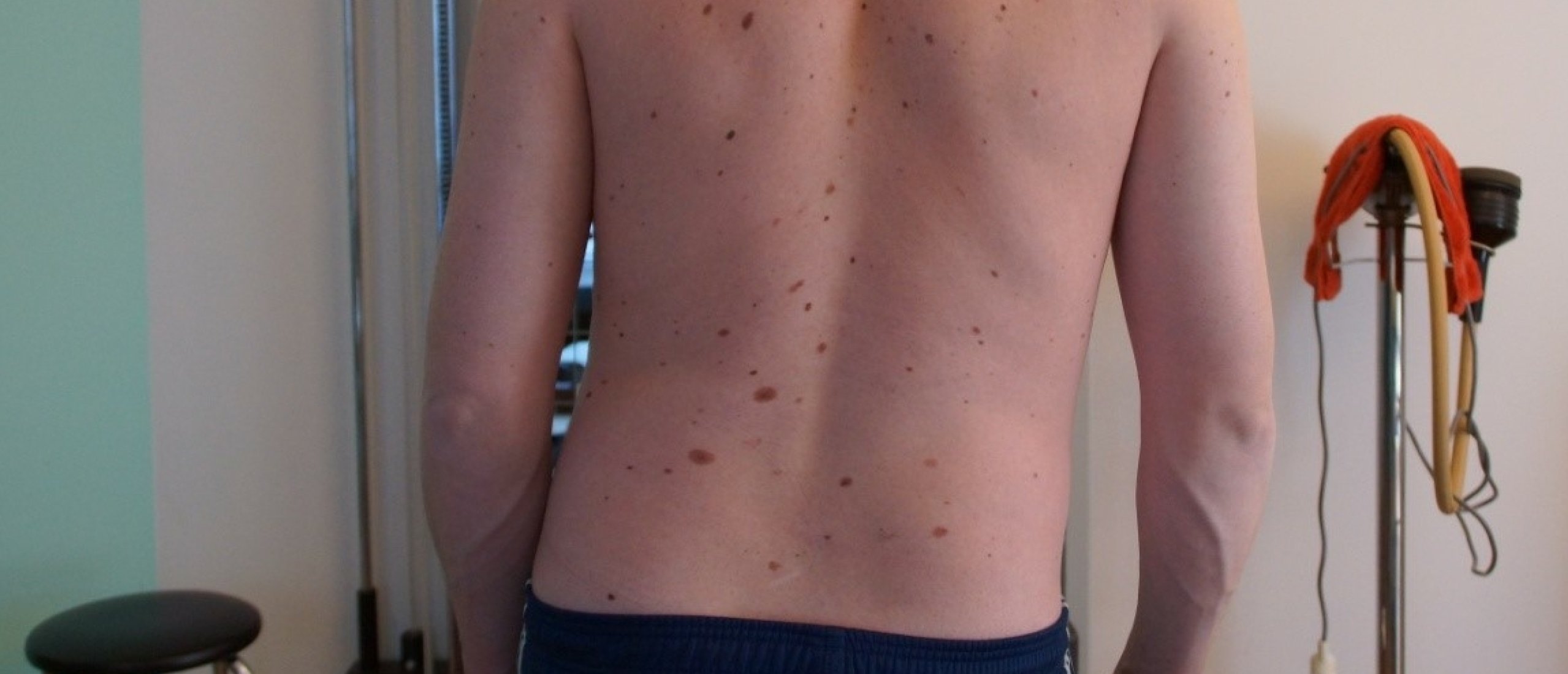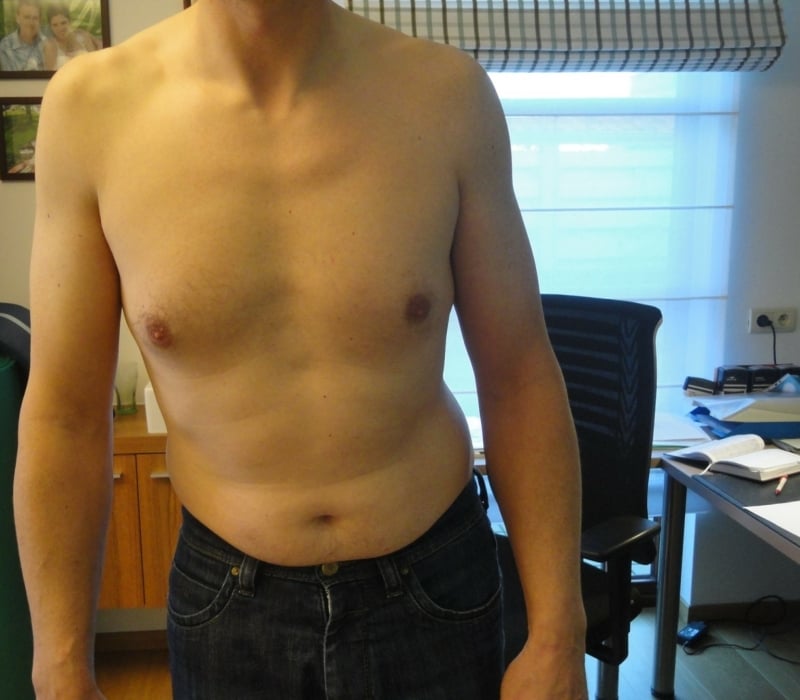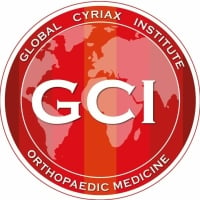
My lumbar patient has a scoliosis or a lateral shift, who cares...?
Is a scoliosis the same as a lateral shift?
A scoliosis is often seen in the population. But the question is, is that also responsible for the patient's symptoms in case of lumbar pain?
We have to make a distinction between a real scoliosis and a symptomatic lateral deviation / shift in the lumbar spine.
During the inspection we can notice a number of things, but, is everything we claim to "see", also relevant? Does it play a role in the patient's symptoms?
Again, we don't need to focus on irrelevant information from our "visual inspection" and our "thinking fingers". During a lecture presented by a famous manual therapist I heard a very remarkable statement: "A lumbar spine flexion deviation is the result of a muscular dysbalance and a spasm of the abdominal muscles". Although I respect the colleague I personally know, but I never heard such kind of nonsense before!
If you carefully listen to the history of the patient and you interpret the cluster of tests then one thing is sure: a lateral shift or deviation (without rotational component) is typical for a bigger internal derangement in the lumbar spine!
Differentiating sense for nonsense is also quite a challenge in the world of musculoskeletal medicine. Are you ready to challenge yourself?
In that case, join the Mastermind private training in modern orthopaedic medicine Cyriax!
Time to interpret to the lateral shift!
Flexion deviation ?
A patient is blocked in flexion, extension is very limited and painful : most likely this is the result of an acute posterocentral internal derangement. If he deviates from the hips and not from the lumbar spine, then a hip problem is suspected.
Lateral deviation or shift ?
A lateral deviation can be relevant or irrelevant.
A lateral deviation with a rotation component is due to scoliosis and therefore mostly irrelevant (except for the “formula 1-scoliosis”), because it is unconnected with the present symptoms.
How to discover a scoliosis : on trunk flexion, one side of the back is flattened and the other side is curved.
A lateral deviation without rotation component is relevant : it is an antalgic posture and therefore related to the patient’s symptoms. (An exception, extremely rare, is a hemivertebra.)
 Lateral deviation in the lumbar spine
Lateral deviation in the lumbar spine
Six types of lateral deviation
all related to a symptomatic internal derangement :
- Away from the painful side
- Towards the painful side This is slightly more frequent than the previous case.
- Alternating deviation: The patient is deviated, say, to the right ; after trunk flexion he now has a left deviation. This is a rather small protrusion, exactly on the midline ; Most likely the dura mater tries to escape compression to the left or to the right.
- Deviation in standing, disappearing in full flexion
- Deviation in full flexion, no deviation in normal standing
The general significance of a deviation is that the protrusion / internal derangement is larger than without a deviation, i.e. that more treatment sessions will be required to obtain reduction.
If the patient does not lose his deviation in any posture, then the protrusion is larger than in the last two cases, where he has a deviation in one position and not in another. - Momentary deviation (“painful arc”): The patient has no deviation in standing, he does a flexion and somewhere at midrange he shows a momentary lateral deviation, at the end of the flexion movement, there is no more deviation.
Of all types of deviation, this is the most favourable in terms of reduction chances by manipulation or traction.
A large lateral deviation is much more often due to an L4- than to an L5-protrusion. Because of the shape of the bones and the presence of the iliolumbar ligaments, the L4-disc has a greater lateral mobility than the L5-one.
In all types of deviation, described above, we see a lumbar correction for a lumbar problem : the shoulders remain at the same height. - Deviation of the "psychosocial" patient: This deviation is quite different : we see a thoracic, or even cervical, correction for a “lumbar” problem, with one shoulder kept up.
